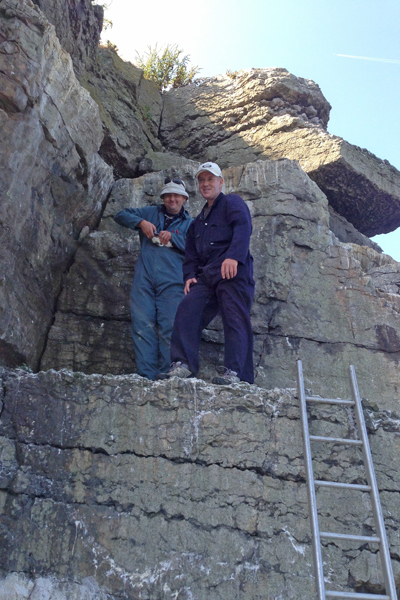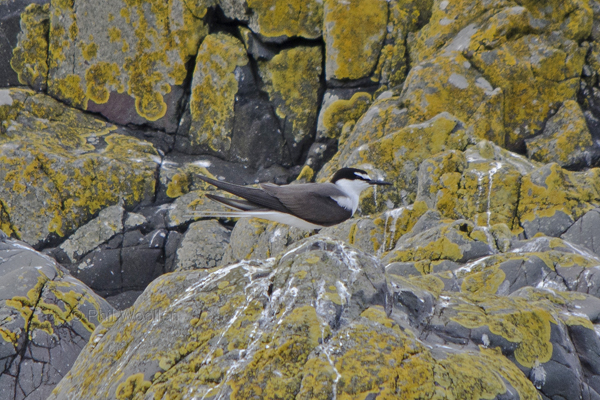Next minute the phone goes. It's Steve....... Reception is crap and we get cut off. It goes again. Its Groucho. Shit. A text comes through. I can't read it without my reading glasses in the restaurant so I disappear outside through the open fire door. It's from Jane Turner. Steve & Gill Barber have only gone and found a Caspian Tern amongst the gull roost at Acre Nook sand quarry. Arse. Arse. Arse. A Cheshire lifer and one Steve and I had been talking about on Hilbre saying another Cheshire bird was long over due. I managed to speak to Steve & Mark before returning to my meal. Marks desperate but can't get there as he's had a couple of beers - its 20 minutes from his house! A quick look at the watch, an imperceptible shake of the head from her indoors and I resigned myself to not being able to get there in time even if I'd left immediately.
Thursday morning dawned and I head to work with the Landrover loaded with binoculars and camera in case it gets re-found. Nothing. I'm stuck in the office and can't even go and search likely spots. Speculation is rife as to where it might end up. Work done & I'm home with a beer after packing for our holiday. I texted Groucho:
I'm halfway through the bottle and he rings at 20.02. It's back! Grabbing the keys I'm off and thundering down the M56 at speeds 22 year old Landrovers were never designed for. More updates telling me where to park and calls from me to Steve, Rob & Scott telling them the news. It takes me just under 45 minutes and I'm on site watching this monstrous sterna amongst the great and good of the Cheshire birding scene and a few stragglers from Greater Manchester.
Looking through the literature it looks like a 2nd calendar year bird that has already started its post breeding moult. By 21.55 I'm at home finishing my beer that Jan had kindly capped and put back in the fridge. It doesn't touch the sides so was swiftly followed by a second before retiring to bed a happy man.
















.jpg)
























































































